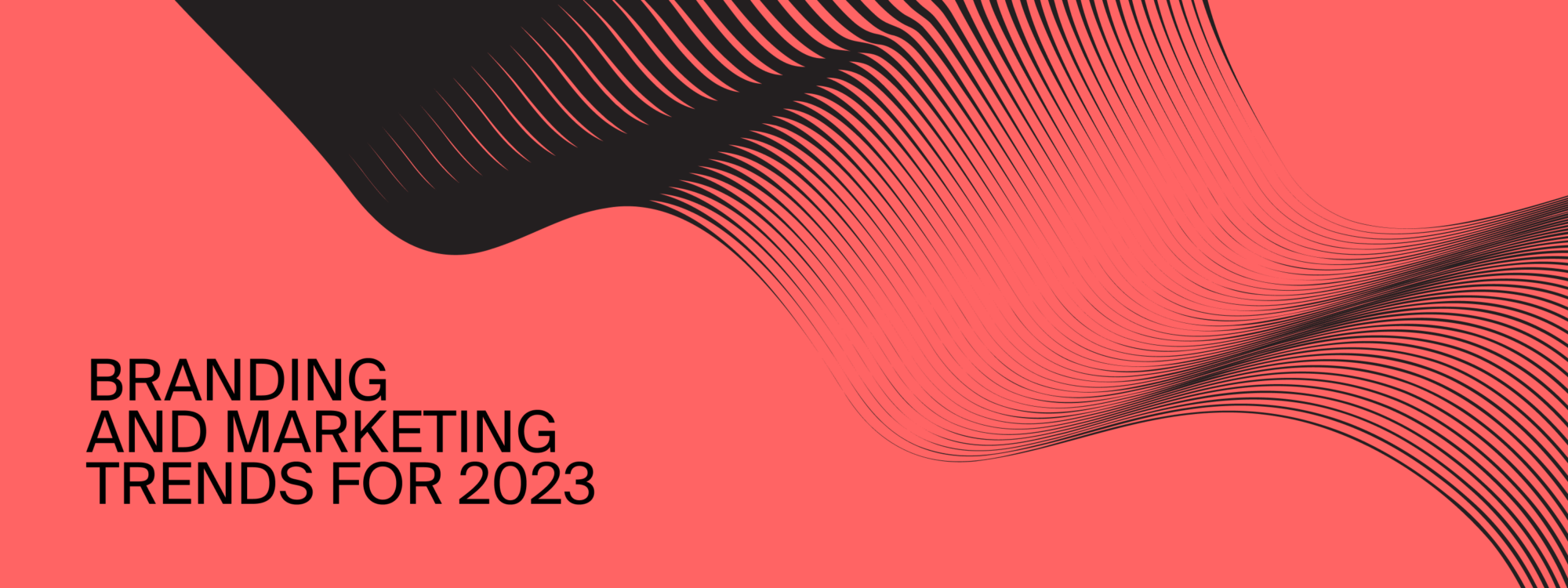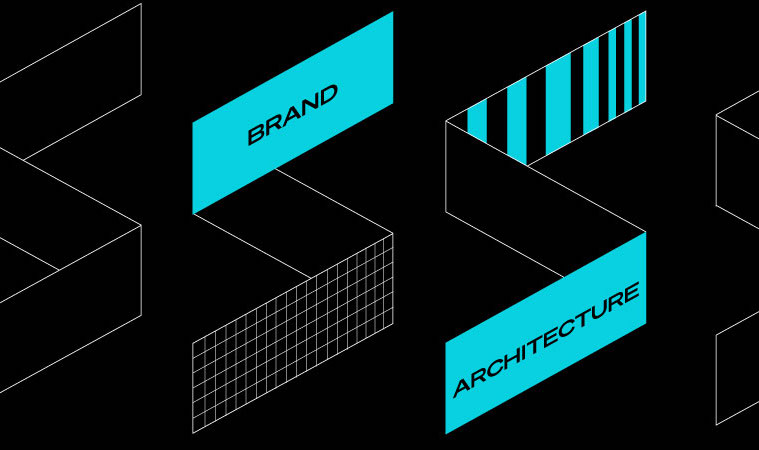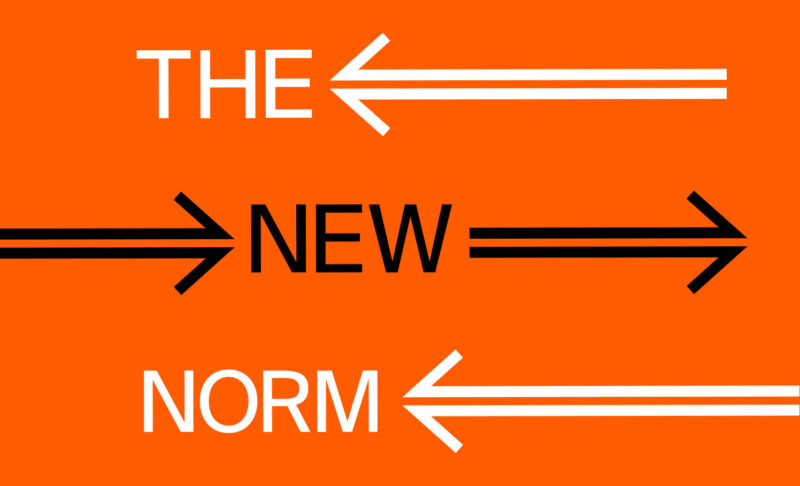The Trends We Anticipate for 2023
Related Services
Credits
Writer: Dejan Kvrgic
Expert: Veronika Boskova & Tyron Akal
Editor: Viri Serrano
Designer: Mark Yoder

It’s time to take a step back, see how the industry is doing, and what trends we can anticipate in 2023.
We’ve talked to our team to gather some insights. Here’s what they had to say about branding and marketing trends expected for 2023.
Brand Purpose
One of the biggest shifts will be seen in how brands will approach caring about their customers, listening to and understanding their pain points and needs, and figuring out what they can do to assist their customers in overcoming them. A big part of that will be looking at their brand purpose – what their brand is, what it represents, and what values it stands for – and aligning with those ideas.
What we expect to see more of in 2023 are companies essentially performing “reality checks” brand-purpose-wise and reconsidering if what they’re saying truly aligns with what they do as a brand – both externally and internally. Check out this article to learn what makes up a brand.
Employer Branding & The Give-And-Get Balance
This concept may not be directly related to marketing and branding trends – at least not at first glance. But it’s still something that should be discussed here because it may impact how you grow your business in the future. The focus is generally on managing the company’s reputation and how it’s perceived in the customers’ eyes. However, that’s only part of the equation. The second part – and one that, we believe, is becoming increasingly influential – is how the company is perceived as an employer.
As the presence of younger generations – namely, Gen Z – in the global workforce continues to grow, businesses need to realize that high salaries and “standard” employee benefits might not be enough to attract these young adults. They have a very different view of what work should be like and are more interested in mental health, a good work-life balance, and working for companies that share their values.
That’s why employer branding – the company’s reputation in the marketplace and the perception that employees, both current and future, have of a brand – must be a top priority for businesses that are hoping to grow and expand their workforce in the upcoming years. A big part of that will be reevaluating your employee value proposition – what you give your employees in exchange for the talents, skills, and experience you get from them.
Personalized Marketing
Technology continues to advance at an insanely rapid pace; we’re living in a primarily digital-first world, after all. And yet, the desire to make marketing more “human” and personalized remains – and continues to top the charts as one of the key trends to keep an eye on.
Interesting, isn’t it? Personalization is no longer seen as a nice-to-have thing; it has become crucial for standing out in a competitive landscape: Recent studies show that a staggering 81% of Gen Z customers want personalized marketing – compared to 43% of baby boomers and 57% of Millennials. Even more so, 56% of Gen Z report that they’re more likely to engage with brands that understand their values and lifestyles.
Technologies such as AI, analytics, and augmented reality continue to evolve and are being incorporated into marketing strategies. And in 2023, the focus will primarily be on leveraging these technologies to deliver hyper-personalized customer experiences.This idea is hardly new – but that does not mean there’s no room for improvement. And if you hope to stay on top, personalization and tailored experiences at every point of the customer’s journey and across multiple channels should be a priority.
Blandification & Minimalism In Branding
Minimalism, simplification, or perhaps blandification, for lack of a more fitting word – whatever you choose to call this phenomenon, the fact remains:
It has been steadily gaining momentum over the past few years, with some of the biggest drivers of this minimalist movement being the younger generations – namely, Millennials and Gen Z. The less-is-more approach, a la Marie Kondo, could be an inevitable outcome of the need for scalability across different channels. Or perhaps it is the idea that keeping things simple would increase the brand’s chances of becoming “iconic” – because simplified designs convey authority. Either way, it seems that brands are focusing on eliminating clutter, embracing minimalism, and opting for simple, stripped-down branding. Some of the world’s most well-known fashion brands – Balenciaga and Yves Saint Laurent being prime examples – and tech giants like Google have already transitioned to nearly identical-looking, sans-serif logos. Simple, no-frills typography, fewer colors, and more negative space seem to be the new norm in logo design.
Push Notifications
Push notifications are delivered directly to the smartphone, which gives them an edge over most other means of customer communication – especially compared to the increasingly saturated email marketing landscape: According to recent statistics, push notifications tend to have a deliverability rate of as much as 90%, with a click rate that’s up to seven times higher compared to email marketing. When coupled with segmentation, they boast a massive 93% retention rate, too.
If your target audience mostly consists of younger generations – especially the so-called “digital natives,” like Gen Z – real-time communication through instant messages and push notifications is the way to go. The opt-in rates for push notifications among Android users are already high. And with Apple announcing that it will be introducing web push notifications on iOS devices in early 2023, online businesses will have an opportunity to target and capture the attention of an even broader audience.
Adaptable Logos
Thriving in the digital age as a business means you need to go beyond merely advertising your brick-and-mortar store online. That approach is simply not enough nowadays – especially if you hope to expand beyond the confines of your zip code.Your business needs to be present everywhere and promoted across multiple channels, which also implies having a website and an active presence on social media platforms.
That brings about the issue of maintaining consistency across different channels – and that is where logo adaptability comes in: An adaptable logo is one that can be altered (to a degree, of course) to suit different purposes. In essence, the focal points of the logo remain the same, making it easy to recognize. However, the colors, size, spacing, backgrounds, and complexity can be changed depending on how and where the logo is used.
The idea is to have a highly adaptable logo that can suit different platforms and use cases and ensure consistency across all platforms and layouts. Considering that Gen Z audiences expect brands to evolve and display continuity, consistency, and flexibility rather than a fixed, unchangeable identity, you should definitely consider investing in a flexible logo design. Check out our MYCAD project to see an example of a flexible logo that allows for expansion.
The Bottom Line
If there’s one thing we have learned about consumer behavior over the past few years, it’s that it never stops changing and evolving. It’s no surprise, then, that branding and marketing trends and best practices continue to move forward, even if the core principles remain more or less the same year in and year out. The key to success is staying nimble and agile in the face of change. Sticking to the same tried-and-true techniques in an ever-evolving landscape simply doesn’t work – and won’t yield the desired results. Your tactics and strategies need to evolve, as well, if you wish to stay ahead and maintain that competitive edge.
If you’d like to know more about Pastilla’s branding and marketing services – and how we can help your business stay on top of these trends – don’t hesitate to get in touch.

